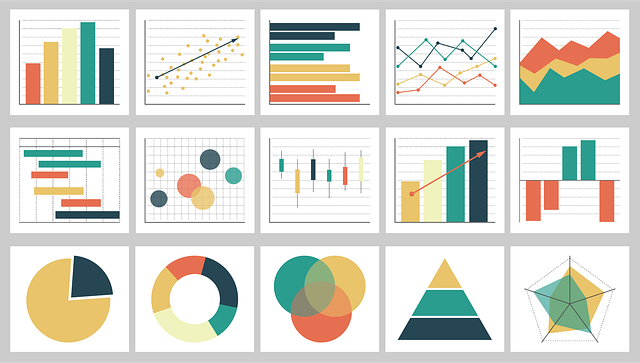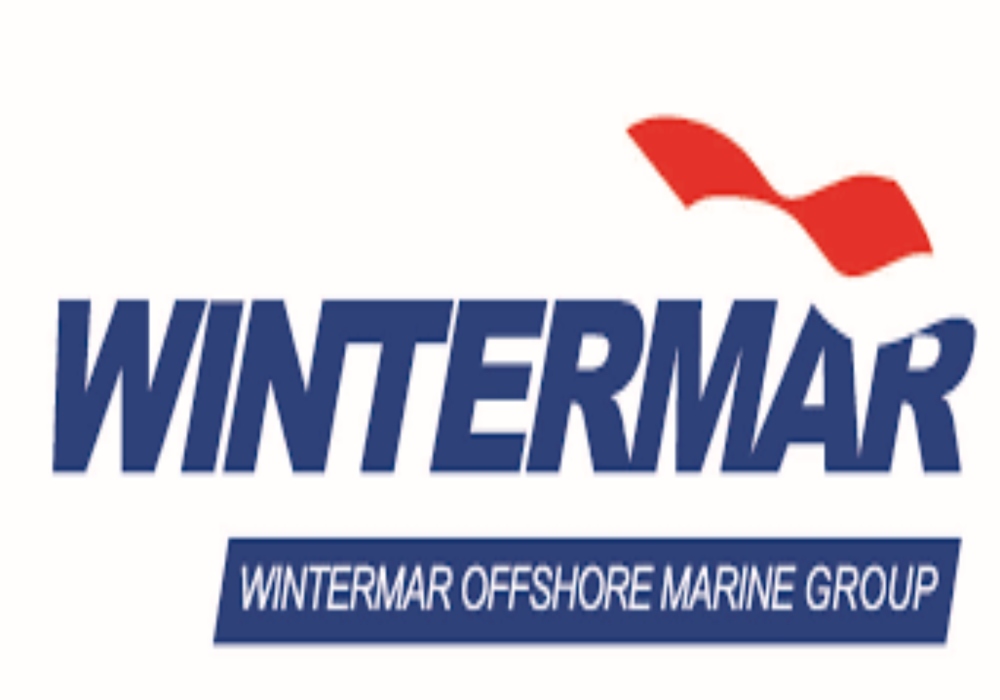
Wintermar Offshore Reports Jan-Sept. 2024 Results
London, October 30, 2024, (Oilandgaspress) ––– Wintermar’s 9M2024 Net operating profit doubled to US$11.8million (+127.1% YOY) from US$5.2 million in 9M2023, contributed by higher charter rates in DP vessels and additional vessels commencing operations, while Net Attributable Profit which includes gains from vessel sales jumped to US$19.7million for 9M2024 compared to US$2.8million in 9M2023.
Owned Vessel Division
In the Owned Vessel segment, Revenues jumped by 36.7% YOY to US$45.0 million for 9M2024, up from US$33.0 million in 9M2023. This growth was fueled by the continued rise in OSV charter rates particularly in the higher tier segment. Gross Profit from Owned Vessels rose by 124.7% YOY to US$15.5 million in 9M2024, compared to US$6.9 million in the same period last year with average charter rates 23.1% higher in 9M2024 compared to 9M2023 while vessel utilization improved slightly from 65% in 9M2023 to 67% in 9M2024.
On a Quarterly basis, Owned Vessel Revenue increased by 35.1% YOY from US$13.2million in 2Q2024 to US$17.8million in 3Q2024. This strong growth was primarily driven by the deployment of two Platform Supply Vessels (PSVs) on long-term contracts at market rates after coming off a lower priced contract in April 2024, and a reactivated PSV coming into operation in August. Gross Profit increased by an impressive 81.8% QOQ, reaching US$7.5 million in 3Q2024, compared to US$4.1 million in 2Q2024, highlighting the significant widening in Owned Vessel gross margin to 41.9% in 3Q2024 from 31.1% in 2Q2024.
Chartering Division and Other Services
The Chartering Division also enjoyed an increase Gross Profit by 20.9% YOY, despite a 11.2% YOY decline in revenue, from US$12.9 million in 9M2023 to US$11.4 million in 9M2024.
Revenue from Other Services declined by 6.5% YOY, from US$5.4 million in 9M2023 to US$5.0 million in 9M2024. Gross Profit also decreased during this period, from US$2.3 million to US$1.7 million.
Total Revenue rose 20.1% YOY to US$61.5million with Total Gross Profit of US$18.4 million(+81.2%YOY) for 9M2024 as compared to Total Revenue of US$51.2million and Total Gross Profit of US$10.1million in 9M2023.
Business Prospects
Wintermar continues to strategically strengthen its financial position and revitalize its fleet through targeted investments. As of the first nine months of 2024, the Company has invested in USS$38.8 million in fleet expansion to position its fleet in anticipation of future demand. This includes an Accommodation Work Barge (AWB), a 2022 built Platform Supply Vessel (PSV), and three newly constructed heavy load barges scheduled for delivery by the end of the year. These investments not only modernize Wintermar’s fleet but also align it with expected OSV demand as early-stage offshore drilling and exploration projects transition into the construction and production phases.
These acquisitions have been financed through a combination of internal cash flow, bank loans and the sale of several low-yielding vessels. The success in securing new loans has demonstrated support from banks and enables the Company to optimize the capital structure.
Contracts on hand as at end September 2024 amounted to US$71.4 million.

Dividend payment
Based on the strong results in the first 9 months of 2024, the Directors have declared the payment of an interim dividend of Rp8 per share, totaling Rp34.92billion or US$2.25million.
Industry Outlook
The world is navigating turbulent times, with escalating conflicts in the Middle East and Russia’s ongoing war in Ukraine affecting some of the world’s most important oil producing countries. Geopolitical uncertainty has exposed the underlying vulnerabilities of the global energy system, which has contributed to a new investment cycle in upstream oil and gas as governments seek to ensure energy security.
The current economic outlook points to global oil demand remaining resilient. According to the International Energy Agency (IEA), global demand for oil is expected stay above 100 million barrels per day (mb/d) through 2050. This sustained demand is driven by industrial uses, heavy-duty transportation, and petrochemical needs. The transition to renewable energy is reshaping consumption patterns, but oil and natural gas will continue to play a crucial role in meeting global energy needs.
Southeast Asia remains heavily reliant on energy imports, especially oil and natural gas, to meet its growing demand. According to the IEA’s World Energy Outlook, Southeast Asia is projected to become a net importer of natural gas by 2030, while China and India are also seeing a significant rise in their reliance on imported energy. China’s oil imports are expected to surpass 80% by 2050, increasing its vulnerability to global supply disruptions.
The Indonesian government has introduced a new gross split scheme aimed at attracting upstream investments by simplifying contractual terms and providing more favorable conditions for oil and gas contractors. This welcome move demonstrates the political will to ramp up upstream oil and gas investments in Indonesia, needed to mitigate natural production declines and the widening oil trade deficit in recent years.
Information Source: Read More
Oil and gas press covers, Energy Monitor, Climate, Gas,Renewable, Oil and Gas, Wind, Biomass, Sustainability, Oil Price, LPG, Solar, Marine, Aviation, Fuel, Hydrogen, Electric ,EV, Gas,

